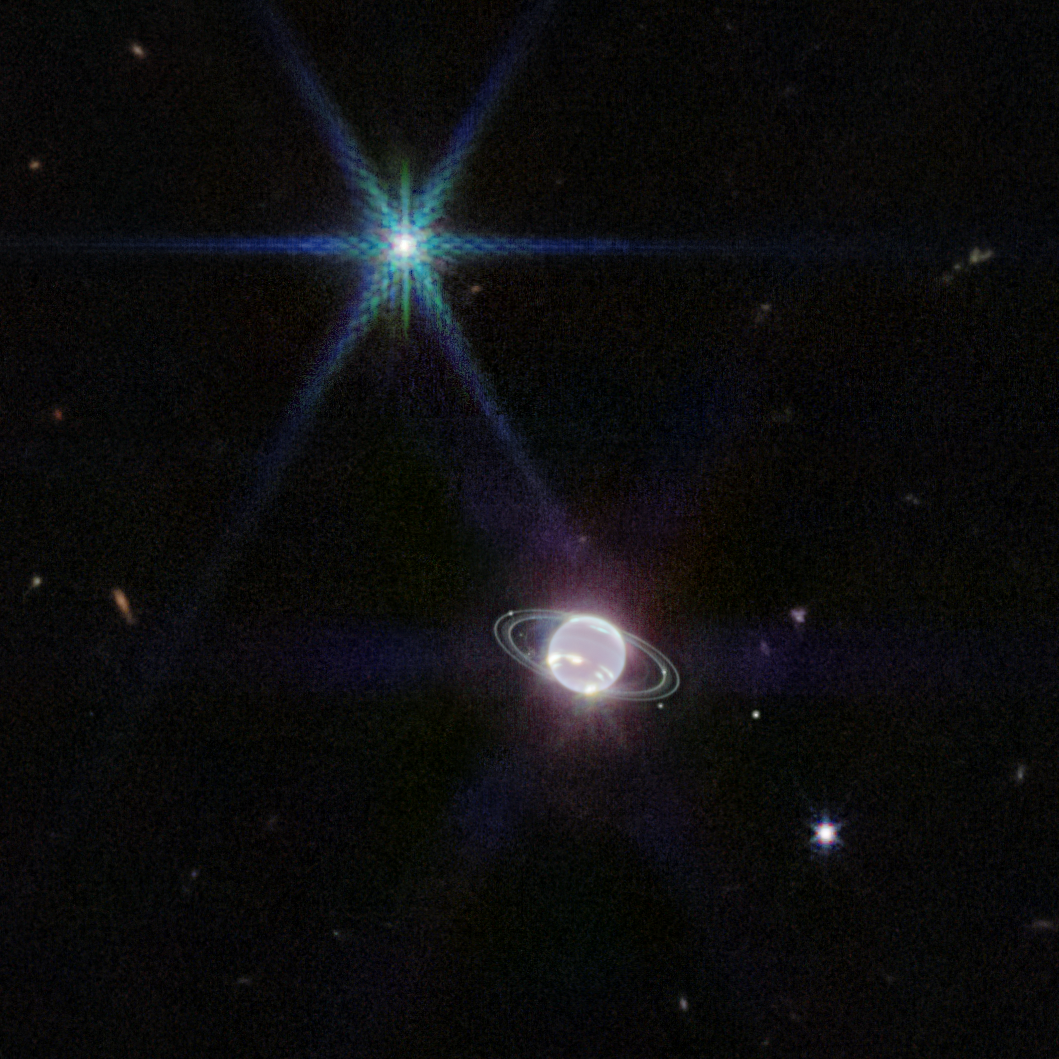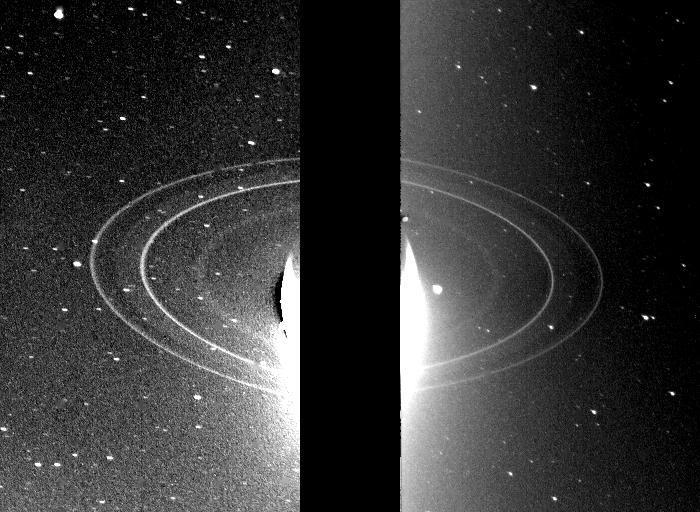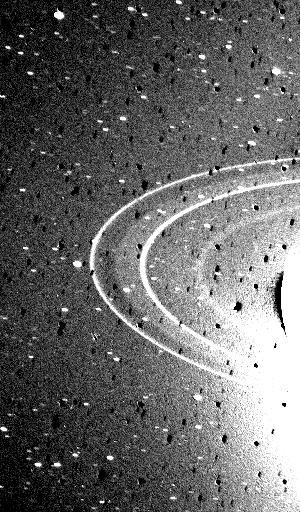Atmospheric Phenomena

Notable Atmospheric Features
Great Dark Spot
A massive anticyclonic storm about the size of Earth, first seen by Voyager 2 in 1989. It drifts westward and can appear or disappear within just a few years.
“Scooter” Bright Cloud
A brilliant, high-altitude methane-ice cloud that races around the planet every 16 hours, often seen alongside dark spots and casting thin shadows on the deeper haze layers.
Supersonic Jet Streams
Neptune boasts the fastest sustained winds in the Solar System, driven by internal heat and rapid rotation. Equatorial jets and mid-latitude bands shear past each other, powering frequent storm formation.












